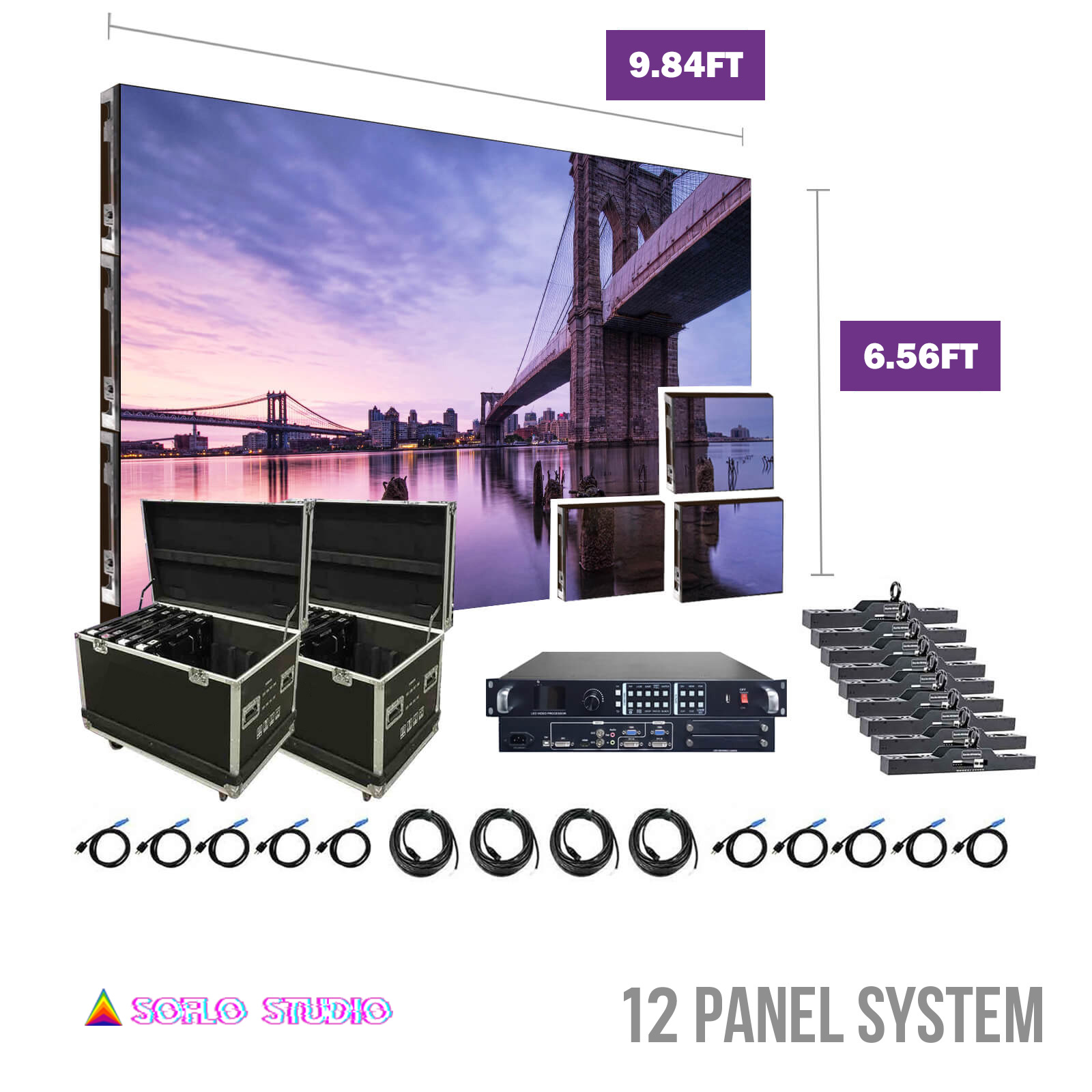To get a grasp on contrast ratios more effectively, it is beneficial to comprehend how they are calculated. The ratio is typically expressed as two numbers, such as 1000:1. This means that the lightest white is 1,000 times more luminous than the deepest black. Screens with high contrast ratios offer richer blacks and more vivid whites, which improves the overall visual experience. When viewing a movie or playing a video game, for example, these differences can create a more engaging environment. Viewers can observe elements that may be unnoticeable in screens with lower contrast ratios.
Different types of display systems, such as liquid crystal display, light-emitting diode, and OLED, have varying contrast ratios. Organic LED panels are you can check here known for their excellent contrast because they can deactivate individual pixels entirely, resulting in true black levels. On the other hand, traditional LCD displays may fail to reach similar levels of blackness Continued due to their backlighting methods. It is important for buyers to evaluate these differences when selecting a display for their needs. Grasping how each system handles contrast can significantly impact satisfaction with the product.
Moreover, the significance of brightness ratio goes beyond entertainment; it also affects productivity in work environments. For tasks requiring precise visual analysis, such as visual design or image editing, having a screen with a high contrast ratio allows for greater precision and definition. This ensures designers can see fine details in their artwork or images without strain. In educational settings, learners gain from enhanced displays that make learning materials more interactive and easier to understand.

In conclusion, improving image quality through grasping contrast ratios is vital for anyone using display technology. A greater contrast ratio results in superior image quality by delivering deeper colors and more clarity in images. As technology advances, users should stay aware about these factors to make choices that best suit their preferences and needs. Whether for leisure or work, knowing about contrast ratios helps enjoyment and efficiency in using screen technology.